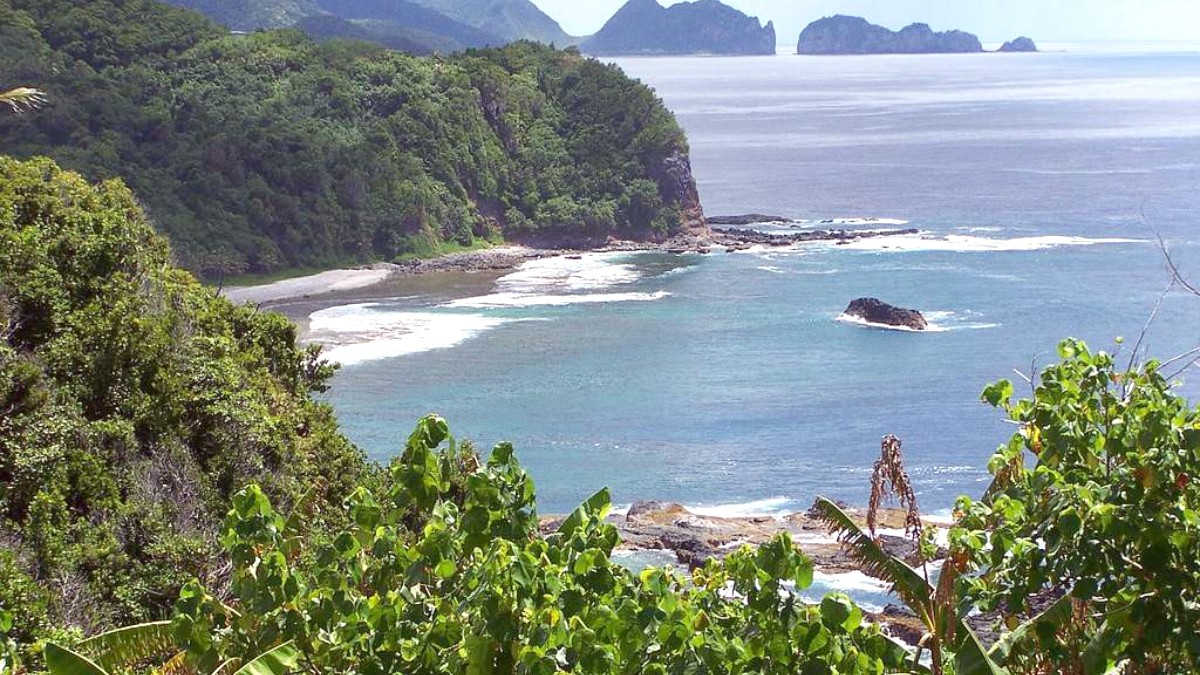
Samoa
This city serves as the main hub for exploring Upolu, Samoa's second-largest island, and a base for your Pacific adventure. Whether you seek cultural immersion, outdoor activities, or simply a relaxing escape, Apia offers a starting point for every traveler. Discover a destination where ancient traditions meet modern life, all set against a backdrop of stunning tropical landscapes.
Apia occupies a prime location on the central north coast of Upolu, one of Samoa's two main islands. The city sits gracefully at the mouth of the Apia Harbour, a natural inlet that shaped its destiny as a port and trading center. Looking out over the harbor, you see a busy stretch of water, with local fishing boats, larger cargo vessels, and occasional cruise ships moving in and out.
Behind the coastal strip where Apia thrives, the landscape changes dramatically. A low coastal plain gives way to rising volcanic hills, cloaked in dense, tropical vegetation. These hills form a verdant backdrop to the city, making for picturesque views. The city’s layout reflects its geography. Beach Road, the main thoroughfare, hugs the coastline, offering views of the harbor and easy access to government buildings, businesses, and waterfront restaurants.
Apia’s history mirrors Samoa's story of growth and cultural resilience. What began as a small village in earlier times transformed significantly during the 19th century. Its natural harbor became a magnet for European and American traders, whalers, and missionaries. The city quickly grew into a main trading post, handling exports like copra (dried coconut meat), cocoa, and other agricultural products.
The late 19th century saw Apia become a focal point for intense competition among German, British, and American colonial powers. Each sought control over Samoa's strategic location and resources. This rivalry contributed to the Samoan Civil War, a complex period of conflict that deeply affected the islands. Following colonial administrations, Samoa achieved independence in 1962, a landmark event for the Pacific region. Apia, already the largest settlement and commercial center, officially became the capital of the newly independent nation.
Transformed from a village due to European and American traders.
Focal point for German, British, and American competition.
Witnessed conflict and political maneuvering.
Became capital of newly independent nation.
Continues to grow, balancing history with development.
Apia today serves as Samoa's undisputed economic and administrative center. It is the nation's largest urban area, home to approximately 36,000 people as of recent estimates. This population figure means Apia has a relaxed, manageable size, unlike sprawling metropolitan areas. Despite its status as a capital, the city maintains a laid-back, island atmosphere.
The city's landscape presents a mix of old and new. You see traditional Samoan architecture, with its open-sided fales (huts), standing alongside more modern concrete buildings and colonial-era structures. The iconic Apia Clock Tower stands at the city center, a recognizable landmark and a convenient meeting spot for visitors and locals alike.
The main port, a hub of activity, handles goods coming into and leaving the islands. Government offices cluster in the central area, reflecting Apia’s role as the nation’s administrative heart. For travelers, Apia provides a wide array of accommodation options, from budget-friendly guesthouses to luxury resorts, and a diverse selection of dining experiences, catering to different tastes and budgets.
The city offers a welcoming introduction to Samoa’s unique culture and way of life.